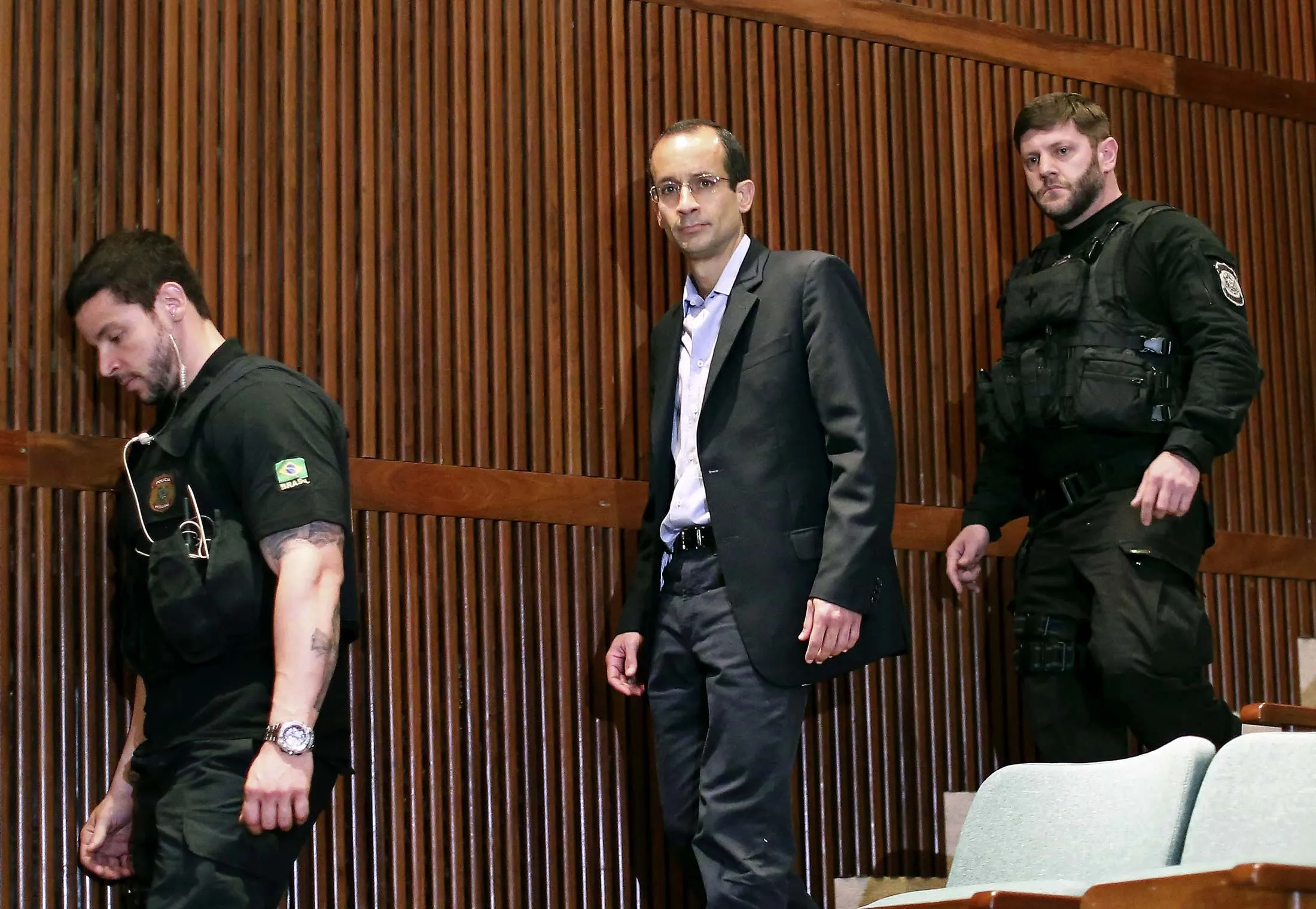“`html
The Odebrecht Affair: A Widespread Corruption Scandal
“`
The Odebrecht case stands as a monumental example of corruption on a global scale, involving the Brazilian conglomerate Odebrecht S.A., now known as Novonor. This scandal unraveled the intricate tapestry of bribery and corruption that extended beyond borders, affecting multiple countries across Latin America and beyond. To develop a comprehensive understanding, it is crucial to dissect the various elements of this intricate case.
An Overview of the Company Behind the Scandal
Odebrecht was founded in 1944 as a construction and engineering company by Norberto Odebrecht. Over the decades, it expanded its operations into diverse sectors, becoming a colossal multinational corporation. Considered one of Latin America’s most influential businesses, Odebrecht’s reach spanned across engineering, construction, chemicals, and petrochemicals.
“`html
The Beginnings of the Controversy
“`
The scandal traces back to the larger investigation known as “Operation Car Wash” (Operação Lava Jato in Portuguese) initiated by the Brazilian Federal Police in 2014. Initially intended to investigate a car wash operation involved in money laundering, the probe quickly unveiled a vast network of corruption. It implicated numerous companies and politicians, with Odebrecht emerging as a central figure in the investigations.
“`html
The Dynamics of Dishonesty
“`
Odebrecht was involved in organized corruption activities to obtain profitable deals. The firm utilized significant funds to sway government representatives and key decision-makers. These actions were orchestrated by a complex section known as the “Division of Structured Operations,” often dubbed the “Bribery Department” inside the organization. They carefully logged transactions to keep them hidden, a precaution that eventually failed when the data was exposed.
Worldwide Influence and Effect of Corruption
While its roots lay in Brazil, Odebrecht’s corruption schemes reverberated across other nations. Countries like Peru, Colombia, Argentina, Venezuela, and Mexico were heavily impacted, exposing high-profile personalities from government and business sectors involved in grafts. In Peru alone, three former presidents were implicated, with one notably committing suicide rather than face arrest.
The magnitude of the corruption was immense. Odebrecht admitted to paying approximately $788 million in bribes over a decade to secure public works contracts. This caused considerable political instability and economic disruptions within the involved countries.
Legal and Financial Repercussions
The exposure of Odebrecht’s dishonest activities led to widespread legal proceedings and sanctions. In 2016, Odebrecht, along with its subsidiary Braskem, consented to a historic settlement involving $3.5 billion in fines with officials from Brazil, the United States, and Switzerland. This settlement is regarded as one of the most substantial foreign bribery agreements ever.
Further ramifications included jailed company executives and top executives turning informants in exchange for leniency. Several countries implemented extensive legal proceedings to hold accountable both the corporation and complicit government officials.
Odebrecht’s Attempts at Rehabilitation
Following the exposure and the significant damage to its reputation, Odebrecht embarked on a rebranding journey, eventually adopting the name Novonor in 2020. The company sought to disconnect from its tarnished past through compliance reforms and a revamped corporate governance structure. However, restoring public trust remains an ongoing challenge.
Reflecting on the Odebrecht case reveals the intricate web of transnational corruption and financial malfeasance pursued by the company, impacting nations and economies alike. The investigation and repercussions have revealed a global imperative for stringent transparency and anti-corruption measures. Addressing the scandal’s legacy requires consistent vigilance and reformative action from both governmental and corporate entities to prevent similar cases from reoccurring. The ripples of this case serve as a poignant reminder of the profound implications of unchecked corporate corruption.

